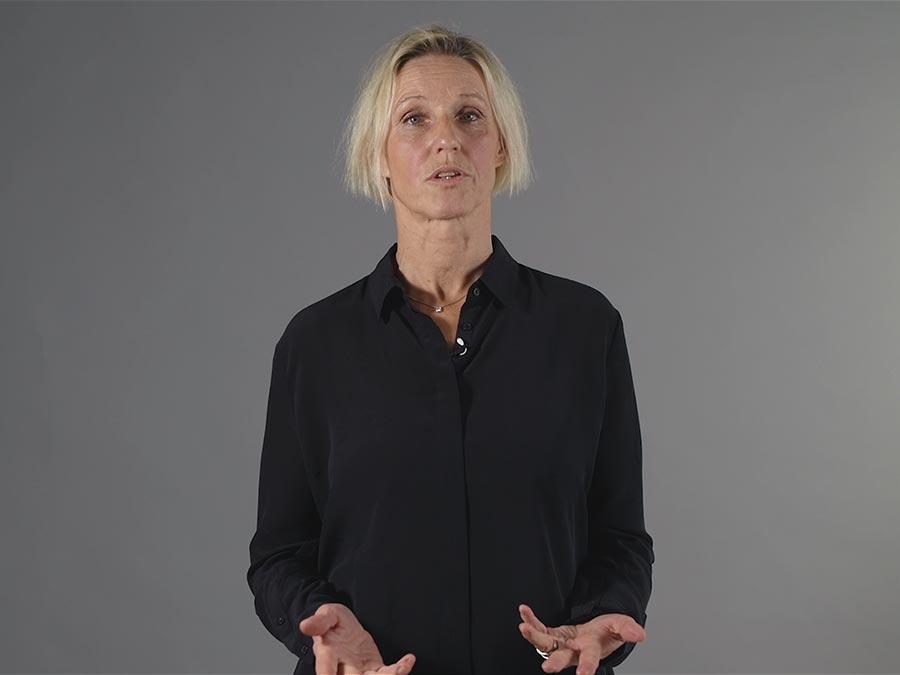Image enhancement software allows us to overcome or compensate for some of the shortcomings in ultrasound physics. By using all the information in the raw image in an optimized way, we can achieve an image with clear information. This is done by applying advanced algorithms in an intelligent way to analyze the image, as a basis for then suppressing unwanted structures, while simultaneously enhancing weak information that is of importance to the clinicians.
Why improve image quality through post-processing?
Even the most experienced sonographer often reaches the limitations of optimizing image quality during examination. With post processing software, it’s possible to do a lot more to increase image quality and make the sonographer’s work easier.
With Rivent, ContextVision’s latest generation of image enhancement for 2D ultrasound, it’s possible to perform very strong processing to attain unsurpassed image clarity. Some of the methods used to achieve this are: Smart handling of speckle, the possibility to compensate for vertical information loss, as well as depth- and resolution-controlled filtering. All this to achieve: well defined borders, homogenous parenchyma with clear details, and clear differentiation between different tissue types and abnormalities.

Processed with Rivent 3D
This image – sometimes referred to as “MRI look” – can be obtained with a maintained natural look, which is known to be a real challenge when performing stronger processing where you often introduce artifacts or an artificial look.
One big advantage of using volumetric image enhancement is that all the information in the volume is used at the same time, which makes it much easier to distinguish clinical information from noise. This allows for much more speckle reduction as well as enhancement of very weak details, compared to when only using the information in each 2D plane.
Applying powerful algorithms to volumetric processing has made it possible to meet the desire to present details with higher clarity, and still obtain a homogeneous and smooth tissue. The processing can be optimized for 2D views as well as for rendered views.
It’s now possible to process the 3D volumes and present beautiful babyfaces with very smooth surfaces in combination with clear details. This exceptional image quality makes it easier to examine, for example, the appearance of the fetus, to check for any chromosomal abnormality such as Down’s syndrome.
ContextVision’s image enhancement solutions are designed for all clinical applications. They contain a variety of algorithms which can be adjusted to optimize the image features according to our partners’ different preferences.
At ContextVision we define image quality not only as a product of state-of-the-art technology, but in equal measures as industry knowledge and user-centered software solutions. ContextVision’s expert knowledge within these fields helps our partners provide their users with the image quality needed to feel confident in their daily work.

Learn more
Ut enim ad minim veniam, quis nostrud exercitation ullamco laboris nisi ut aliquip ex ea commodo consequat.
What does research mean at ContextVision?
Lorem ipsum dolor sit amet, consectetur adipiscing elit, sed do eiusmod tempor incididunt ut labore et dolore magna aliqua. Ut enim ad minim veniam, quis nostrud exercitation ullamco laboris nisi ut aliquip ex ea commodo consequat.
Read more →
People make AI intelligent – that’s our philosophy
Consectetur adipiscing elit, sed do eiusmod tempor incididunt ut labore et dolore magna aliqua. Ut enim ad minim veniam, quis nostrud exercitation ullamco laboris nisi ut aliquip ex ea commodo consequat.


